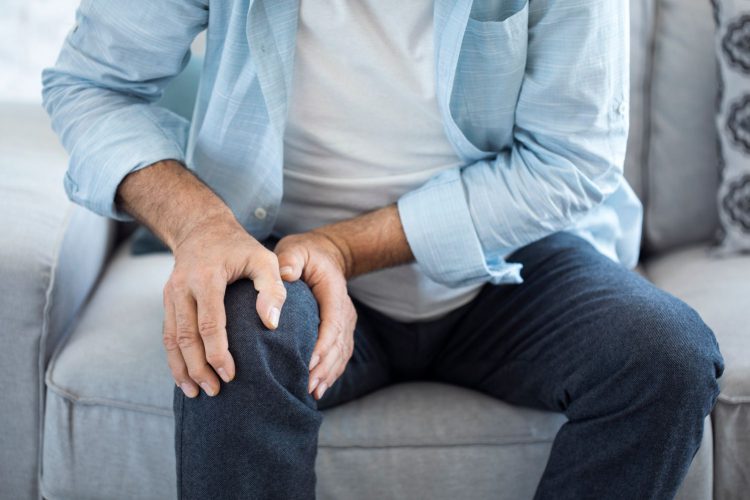
Tear of the anterior cruciate ligament

The knee is primarily stabilized by 4 ligaments:
- The anterior cruciate ligament and the posterior cruciate ligament – crossing over the interior of the knee
- The medial collateral ligament and the lateral collateral ligament – on each side of the knee
Here, we will primarily discuss the function of the anterior cruciate ligament. It restrains the movement of the tibia towards the front with regards to the femur. When there is a trauma or too much force in this direction, this creates too much tension which can result in a partial or complete tear.
Another structure which ensures the joint’s stability is the meniscus. It acts as a cushion which absorbs the impact during walking and jumping.
Mechanism of injury
This injury pattern is observed in contact sports, particularly those involving kicking, a movement which leads to an extension of the knee in a vacuum. It is often weakened during pivots and twists: rotation of the torso while the foot remains fixed on the ground.
Treatments
Surgery may be necessary following a complete or partial tear of the anterior cruciate ligament, depending on the degree and the level of activity resumed after injury. Operative protocol varies from one surgeon to another. Following the treatment plan indicated by the physician is essential.
Physical therapy is recommended before the surgery, to better prepare the muscles of the knee joint for surgery. Physical therapy will also speed up recovery time after the surgery. Strengthening, balance, and control exercises are taught. Other painkilling methods may be used to control inflammation.
Physical therapy is necessary following surgery to control inflammation: swelling, scar massage, pain. Exercises are resumed initially, and progressed according to the operative protocol. Direct interventions (manual therapy) on muscles are joints are also carried out. External tools such as tape, braces, etc. can be used.
For questions or an assessment, do not hesitate to reach out to one of our physical therapists at Physio Atlas.


